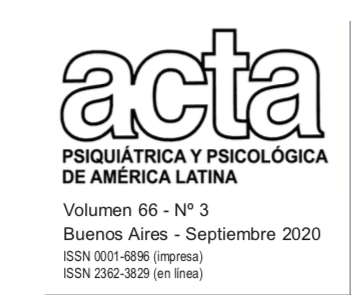Los centros de tratamiento de consumidores de sustancias psicoactivas en América Latina se vieron afectados por la pandemia y debieron reconvertir las modalidades de tratamiento incorporando terapias virtuales, inclusive para poblaciones vulnerables residentes en barrios con baja conectividad y con dificultad para acceder a equipos telefónicos o informáticos. Surgieron interrogantes respecto a la demanda, accesibilidad, modalidad, continuidad de los tratamientos y a los cambios en los perfiles de consumo. Frente a estos últimos el estudio se planteó como objetivo general dimensionar el impacto de la pandemia y las medidas de aislamiento en 55 centros de tratamiento de adicciones, identificando cambios en la demanda de tratamiento, en los perfiles de consumo y sistematizando las principales medidas tomadas por las instituciones para desarrollar los tratamientos en este contexto. Resultados: El estudio caracterizó la demanda en tiempos de pandemia, destacándose un aumento de pacientes duales, la facilitación de los tratamientos a los usuarios con residencias alejadas de los centros y con disminución a la accesibilidad a las terapias de usuarios carentes de telefonía de avanzada o medios informáticos. Conclusiones: todos los centros residencia- les implementaron protocolos de cuidado, y tanto usuarios como familiares mostraron mayor nivel de concientización acerca del problema del consumo de sustancias psicoactivas.
Approach to the Impact of the Pandemic in Addiction Treatment Centers in some Latin American Countries
Introduction: Treatment centers for psychoactive substance users in Latin America were affected by the pandemic and had to reconvert treatment modalities incorporating virtual therapies, in many occasions for vulnerable populations living in neighborhoods with low connectivity and difficulty in accessing telephone or computer equipment. Questions arose regarding the demand, accessibility, modality, continuity of the treatments and the changes in the consumption profiles against which the study posed as a general objective to dimension the impact of the pandemic and the isolation measures in 55 addiction treatment centers identifying changes in the demand for treatment, in the consumption profiles and systematizing the main measures taken by the institutions to develop the treatments within this context. Results: The study characterized the demand in times of pandemic in terms of an increase of dual patients, the facilitation of treatments for patients with remote residences, and with a decrease of the accessibility to the therapies for patients with scarce economic resources without advanced telephony or computer means. Conclusions: All residential centers implemented care protocols and both users and families showed a higher level of awareness of the problem of psychoactive substance use.

